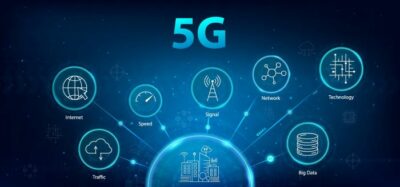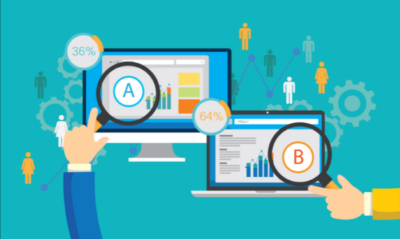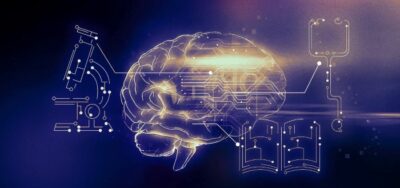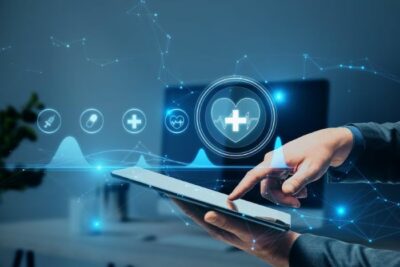Information Security (InfoSec) refers to designing and deploying tools and processes to protect business information from inspection, modification, disruption, and destruction. Companies do InfoSec IT outsourcing for various reasons, including ensuring the availability, confidentiality, and integrity of company information.
Information Security is generally managed through a risk management process that usually does the following:
- Identifies the information and its related assets and potential vulnerabilities and threats.
- Evaluates the identified risks.
- Chooses how to address the risks.
- If risk mitigation is needed, design necessary security controls and implement them.
- Monitors the activities and makes adjustments required to handle any changes and add improvements if possible.
Below is an in-depth look at the software services offered in the field of Information Security and the principles that govern this field.
Table of Contents
Types of Information Security
There are several subtypes under Information Security that cover specific types of information and the tools that are used to protect the information.
1. Infrastructure Security
Infrastructure Security deals with protecting extranet and internal networks, data centres, mobile devices and desktops, and servers. The connectivity across these networks introduces vulnerabilities in your system, as the failure of one part compromises all dependent systems. Therefore, Infrastructure Security works to isolate components and reduce dependencies while allowing for intercommunication.
2. Application Security
Application security is a broad sector that covers protecting applications and APIs (Application Programming Interfaces from vulnerabilities. The vulnerabilities can be found in several areas, such as user authorization and code integrity, creating entry points for significant breaches.
3. Cloud Security
Cloud security strategies provide protection similar to infrastructure and application security focused on cloud-connected information. It also offers tools focusing on system vulnerabilities associated with shared and internet-facing environments. Another critical aspect of cloud security is ensuring that third-party services and providers have limited accessibility and restricted control.
4. Incident response
These are a set of tools and procedures that are used in identifying, investigating and responding to threats. It also involves minimizing or reducing damage from attacks, human error, or natural disasters. All businesses need an incident response plan to contain the threat and restore their networks. And this plan should also plan on preserving forensic evidence for persecution.
5. Cryptography
Prevention is better than cure, and cryptography helps ensure that information remains secure and confidential. Users can only access encrypted information with the correct encryption key; otherwise, the data is unintelligible. However, once the data is decrypted, it is left vulnerable to exposure, modification, and theft.
Tools and technologies such as encryption algorithms and blockchain are increasingly used to protect data.
The principles of Information Security
Three principles are at the core of successful Information Security systems. These are:
Integrity
Data integrity refers to the assurance that the data has not been subject to degradation or unauthorized modification during and after submission, whether intentional or unintentional. The principle of integrity ensures that the data is reliable and accurate.
Confidentiality
The principle of confidentiality refers to keeping data private and ensuring that it is only accessible to individuals who are authorized to view it.
Availability
Availability refers to the ability of a system to make data fully available at a specified time or when a user needs it. Critical systems such as medical equipment, power generation and safety systems usually have extreme availability requirements and typically need safeguards against events that may impact their availability.










Comments on " Information Security At a Glance" :